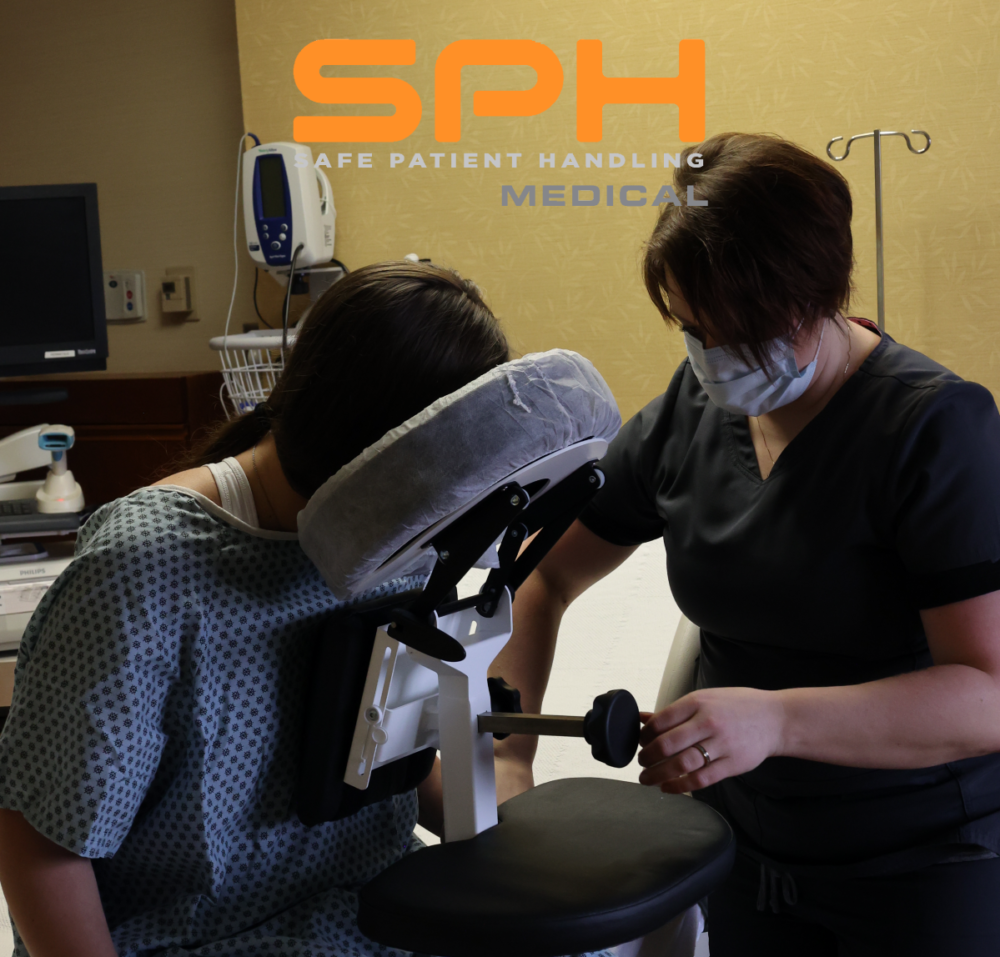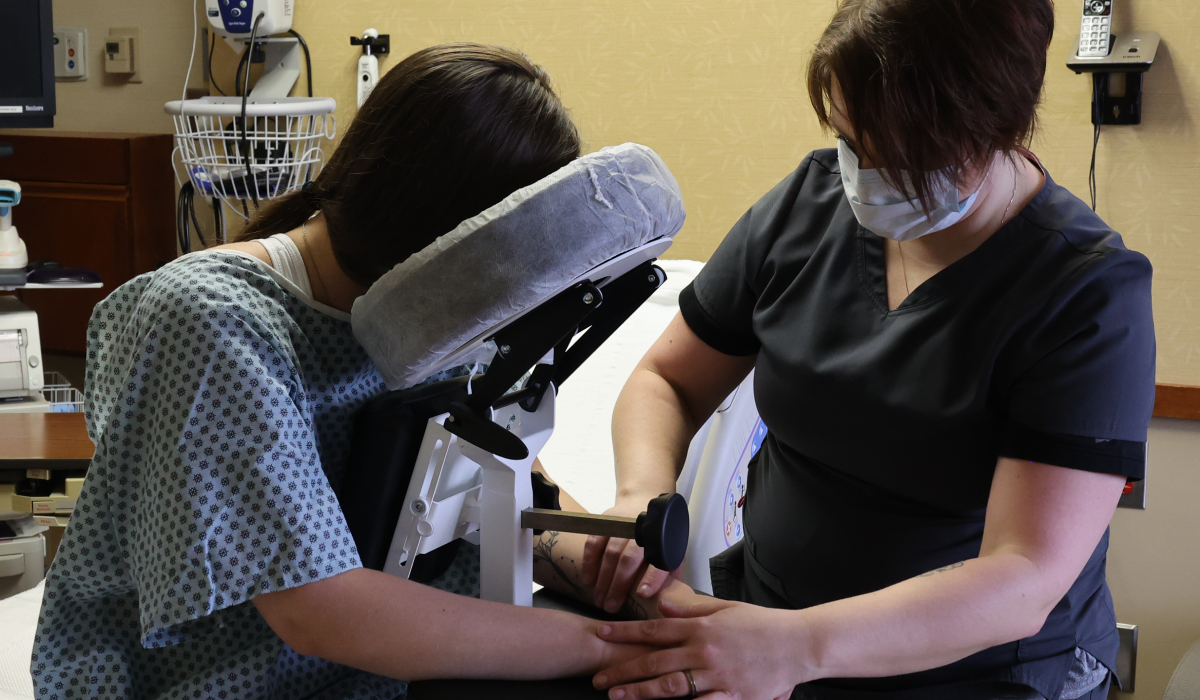Nurses in the labor and delivery unit have long faced the challenge of manual patient handling when positioning patients for epidurals. Risk of injury to both nurses and patients has caused concern amongst hospital staff, leading to a need for improved solutions. The Epidural Positioning Device from SPH Medical is uniquely designed to assist with epidural and spinal block safety while also reducing risk of injuries to nurses and other hospital staff.
What is The Epidural Positioning Device (EPD)?
The Epidural Positioning Device (EPD) is an essential tool for nurses and medical professionals in providing effective epidural analgesia and other related procedures. It supports the patient in an ideal position that promotes lumbar, thoracic, and cervical flexion, enabling them to receive optimal access for a successful procedure.
Nurses that work in labor and delivery (L&D), operating rooms (ORs), and pain clinics face unique challenges when it comes to performing epidural and spinal block placements, lumbar puncture procedures, and thoracentesis. These specialized techniques require the nurse to be able to safely hold a patient in an appropriate position for extended periods of time.
Childbirth and Epidural Analgesia
When providing epidural analgesia, which is commonly used prior to or during childbirth, nurses are required to maintain static positions with their patients while managing equipment and medications. In many cases the patient is set up with a bed side table and a stack of pillows to lean over. The bedside table often times does not lock in place! This can pose a safety risk to both the nurse as well as the patient due to a potential falling patient and having to catch them.
Medicated patients may not be able to maintain the proper position for the duration of the procedure, increasing the nurse’s responsibility and physical workload to hold them in place. During lumbar puncture or thoracentesis procedures, nurses are often required to perform the same static holds. Patients of size may require multiple staff members to help them remain in an appropriate sitting or lying position for epidural placement, which presents additional challenges for nursing teams. Moreover, it is important to remain aware that some patients may react unexpectedly and attempt to move during these procedures which could cause injury to a nurse. As always, good teamwork and communication are essential in order to ensure safe outcomes for both the patient and staff, but certainly manual patient handling in these situations should be eliminated. The engineering controls of using the Epidural Positioning Chair greatly improves nursing safety.
Moreover, using the EPD ensures that both patient and nurse are comfortable during procedures such as epidurals and spinal blocks. The EPD helps minimize overexertion and discomfort experienced by nurses associated with manual patient handling.
Spinal Block Safety and the EPD
The use of EPD has now become the standard of care in multiple hospital departments. For example, it is used in surgery departments to support spinal blocks, labor and delivery units for epidermal placements, and even during thoracentesis. With its adjustable height and tilting head rest cushion the EPD easily accommodates various body types and offers a weight capacity of 600bs. It enables clinicians to manage patients with utmost safety and comfort when administering epidurals or any other related procedures.
All these features add up to create a well-rounded positioning device that is beneficial in many areas of healthcare. Its advantages are clear; it provides nurses and physicians with improved precision and accuracy when administering epidural analgesia, spinal blocks, lumbar punctures, other related procedures. As well as providing improved support and comfort for patients throughout the entire length of their procedure. The EPD is an essential tool for any medical professional who seeks to provide safe, efficient, and effective care in the hospital or clinic setting
In summary, the Epidural Positioning Device helps reduce risk of injury to both nurses and patients while also providing improved comfort during epidurals. This innovative product is a valuable addition to any labor and delivery unit. It provides an effective solution that will help keep nurses safe from overexertion while ensuring the best care for patients in need of epidural analgesia.
The EPD is available now at SPH Medical for purchase. Visit SPH Medical to learn more about how the Epidural Positioning Device can benefit your labor and delivery unit, surgery, or imaging department today!











 via Shutterstock
via Shutterstock
